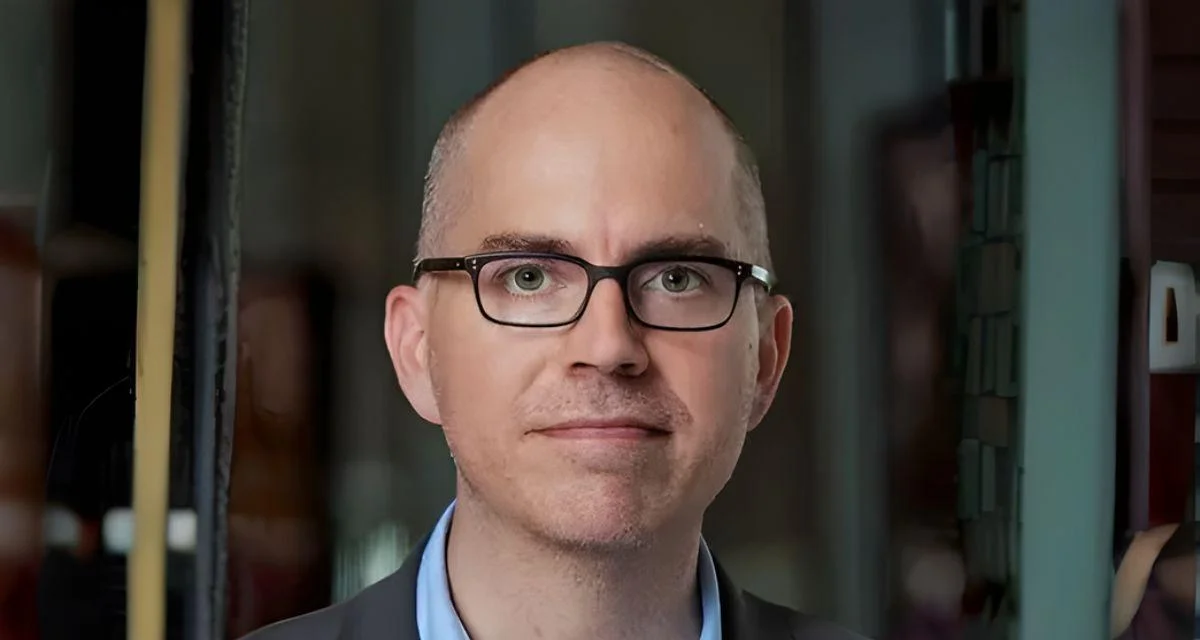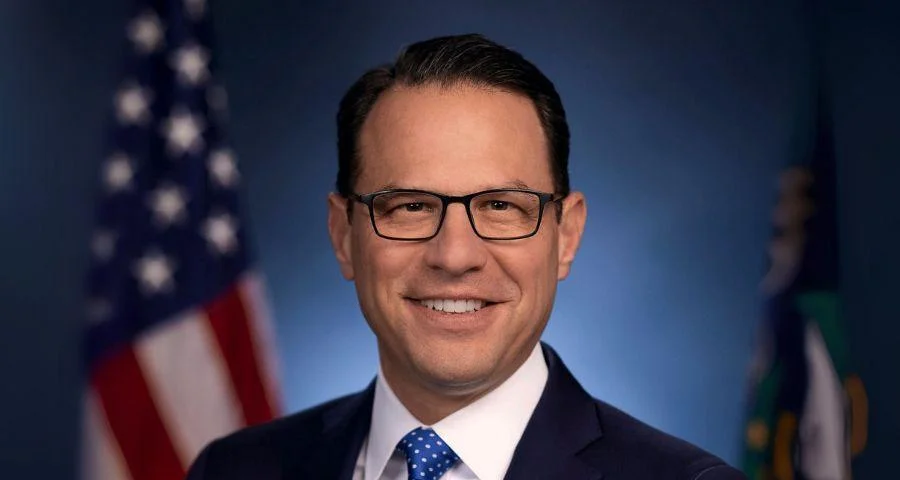
Rebecca Koenig Interim Senior Editorial Director | EdSurge Research
Josh Grenier, once a high school art teacher in Edina, Minnesota, experienced firsthand how the condition of school facilities can impact both perception and performance. He taught ceramics and photography in a basement classroom with no windows and poor ventilation. “It was an old, underutilized, leftover space down in the bowels of the building,” Grenier said. He also noted that this environment contributed to negative perceptions about the arts program and its students: “I think the program and the students who were involved with it were not perceived particularly well.”
The situation changed after a major renovation at the school brought a new fine-arts wing to the front of the building. Grenier described moving from “the worst space to the best space” as transformative for both student self-perception and how others viewed the program. “Facilities investments are really expressions of what a community values,” he said. “I think the people who are in them feel that; I witnessed that firsthand.”
This experience led Grenier to leave teaching after nine years to become an architect. Now based in Denver with Wold Architects & Engineers, he works with communities across Colorado on updating or replacing aging schools. Many schools built after World War II no longer meet current building codes or support modern educational needs.
A 2020 report by the Government Accountability Office found that over half of America’s 100,000 K-12 schools require updates to heating, ventilation, air conditioning systems or plumbing to address health risks. At the same time, national spending on school renovations has decreased by about $85 billion annually since 2016 according to recent findings from the American Institute of Architects.
Research over two decades has shown that unhealthy buildings negatively affect learning outcomes. A Harvard School of Public Health study concluded in 2017 that failure to modernize old schools may overlook significant daily health and safety issues for students. The study also stated: “properly designed, maintained and operated school buildings…have been shown to prevent cognitive deficits, optimize student and teacher performance, and create a thriving learning environment within the school.”
Grenier has collaborated with districts ranging from Manzanola School District—with fewer than 200 students—to larger districts like St. Vrain Valley Schools. He emphasizes how physical spaces communicate value: “Spaces communicate something to us about where we sit in a hierarchy of the world and how we’re valued and perceived by others.”
In discussing design for modern learners, Grenier highlighted flexibility: furniture that is easily moved helps create adaptable spaces for different activities or needs—an important consideration as more children are diagnosed with conditions not recognized when older schools were built.
Renovating existing structures is complex and costly but often starts by listening closely to stakeholders’ concerns and identifying points of pride within each community or school. Grenier pointed out challenges such as navigating multiple perspectives among large groups but sees his teaching background as helpful for facilitating these conversations.
Older buildings frequently become confusing due to repeated additions over decades—a phenomenon Grenier referred to as turning into “Franken-buildings.” In Cañon City High School’s case, efforts focused on creating a central hub reflecting community pride rather than just piecemeal expansions.
Small towns like Manzanola rely heavily on their schools as centers for both education and community events—from sports games attended by locals without children in school to weddings or funerals held in gymnasiums. Renovations there have reportedly increased engagement among residents while making it easier for schools to attract teachers.
Repurposing unused buildings is also becoming common elsewhere; California State University Fullerton adapted its campus for commuter students while Oklahoma City Public Schools converted former elementary sites into early learning centers.
Grenier stressed caution when closing facilities: abandoned buildings can quickly become liabilities if not reused or demolished responsibly.
Reflecting on his own classroom experience informs his architectural work—particularly regarding acoustics—which he believes are critical yet often overlooked elements affecting both engagement and privacy: “You want to be specific and intentional about designing things that function well for people, even if they don’t know or perceive that you even did it.”
Grenier summed up one goal succinctly: having a school where it simply feels quiet.





 Alerts Sign-up
Alerts Sign-up